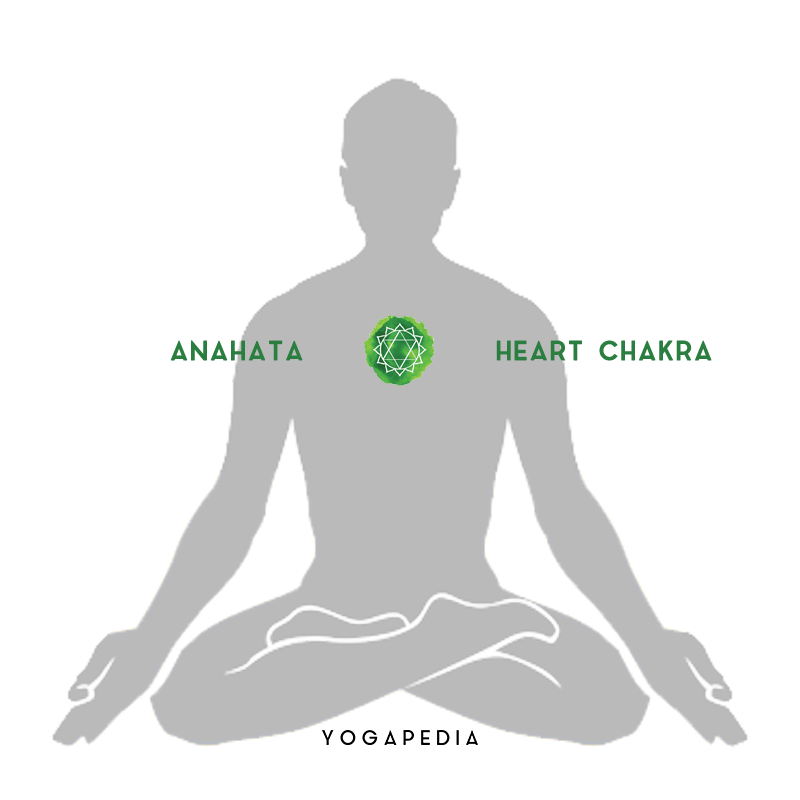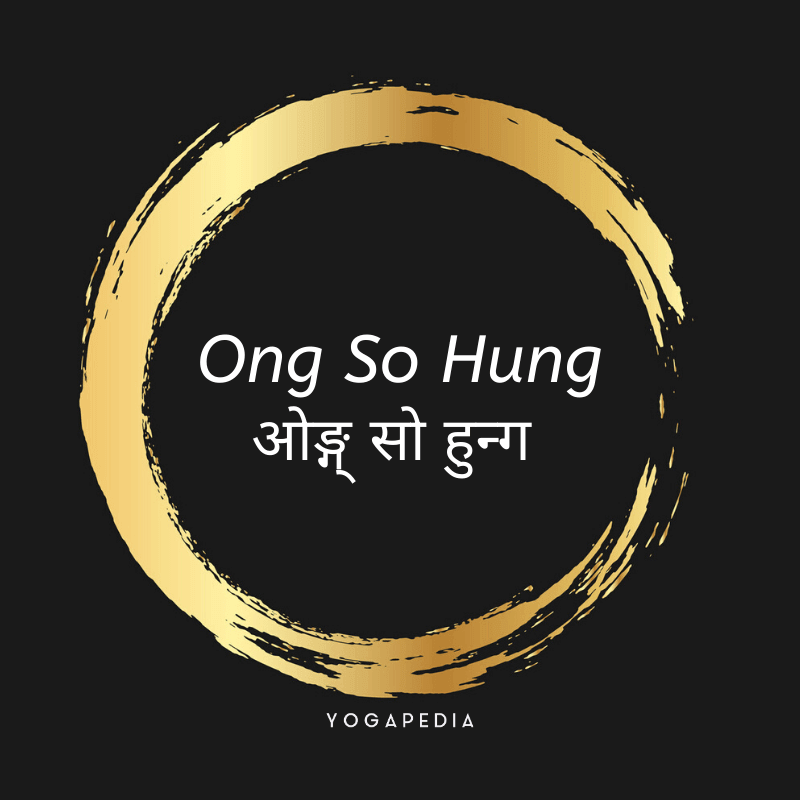Picture sitting in your lotus pose, ready to meditate and raise your vibrations. Are you ready to try a new mantra? Perhaps you may be looking for a profound mantra to open yourself up, open your heart and your energy field to experience higher states of consciousness.
If that is the case, then Ong So Hung should definitely be in your mantra repertoire.
Engaging the Heart Chakra
This simple mantra is known as the heart-center mantra and is used to achieve higher states of awareness and open that energy center of the body, the heart chakra.
Email Newsletter
Subscribe and get the stories about the greater change that comes from yoga.

We have seven energy centers that align our spine and head, and when opened up, allow for a vastly expansive human experience. The heart chakra is called anahata in Sanskrit and is tied to our compassion and connectedness as humans.
Engaging in this energy center of the body can open us up to experience deep love and also heal our own sadness and grief.
This particular mantra is often used as part of the practice of Kundalini yoga, which is a practice that encourages the opening of our chakras and the rising of the energy in our spine to our head, which opens all the energy centers in our bodies and connects us with the Divine.
Read: Yoga for Self-Love: Tapping into the Heart Chakra
The Meaning of Ong So Hung
The meaning of this mantra is also simple, but extremely expansive. It could almost be considered onomatopoeic in that the openness and meditative qualities are inherent in the sounds of this mantra. It feels like what it means!
The elements of this mantra can be separated and are translated below as:
- Ong — The creative consciousness or God
- So hung — I am that
Ong so hung can be interpreted as to say “I am one with God, the creative consciousness.”
Many practitioners of this mantra say that they keep the meaning of the mantra in their minds during their practice. Personally, I find that the meaning is interesting, but my practice brings me to focus on the sounds and the feelings of the vibrations.
In my experience, the mind can get distracted with little bits of info and not go to the full depth that this mantra practice allows.
Ong so hung is in Sanskrit, like most other mantras in our yoga practice. The Sanskrit language is a 5,000 year old language that is known for its unique properties tied to the precision of pronunciation using the breath and tongue placement.
Read: Yoga and the Sanskrit Connection
Ong So Hung in Practice
This mantra is unique in that it uses a different version of the common mantra om, instead pronouncing it as ong. This slight change in such a common Sanskrit word puts pressure on points in the back of the mouth and it changes our breathing in order to activate our experience.
While om is usually pronounced with the sound traveling through the nasal cavities and ending at the lips, the ong sound is stopped by the back of the tongue, thus vibrating the skull and facial bones more intensely.
The so and hung are pronounced just as you see them written. The long presentation of the sounds in this mantra is very powerful and resonates the entire body, opening up our energy centers to connect us with the Divine.
Read: 4 Mantras That Will Transform Your Life
Benefits of This Mantra
Chanting mantras in Sanskrit is always powerful, but ong so hung is unique in its relationship to the energy in our bodies. In other words, it is not just a mantra for your mind, but the energy that is contained in our whole bodies.
By activating the heart center of your body with the mantra “ong so hung” is said to create a deepening of your experience and expand your awareness. The expanded awareness you can create with this mantra opens us up for a deepening in our human experience.
The heart chakra in your body is not only tied to your own spiritual awakening, but also very much tied to your experience of compassion on the level of your mind and body.
Below are some of the attributes of opening up and working with the heart chakra. You may notice some of these experiences when you chant ong so hung:
- Experiencing deep bliss, warmth and compassion
- Feeling both more vulnerable and more courageous
- Working through grief and sadness
- Having an elevated spiritual vibration, and being able to reach a level of higher consciousness
- Tuning into intuition to bring about greater self-trust
This beautiful mantra easily lends itself to singing, or you can repeat it in your mind during meditation or say it to yourself.
You will find that your breath easily aligns itself to the inherent rhythm of ong so hung which will deepen your experience even more.
Read: Chanting: Align With Life
I hope you enjoy the practice of this mantra and get to experience its unique properties and that this discussion piques your interest in further studying Sanskrit mantras. Sanskrit mantras are such amazing tools when added to our practice. I hope you find this mantra a pleasure to work with.
During These Times of Stress and Uncertainty Your Doshas May Be Unbalanced.
To help you bring attention to your doshas and to identify what your predominant dosha is, we created the following quiz.
Try not to stress over every question, but simply answer based off your intuition. After all, you know yourself better than anyone else.


